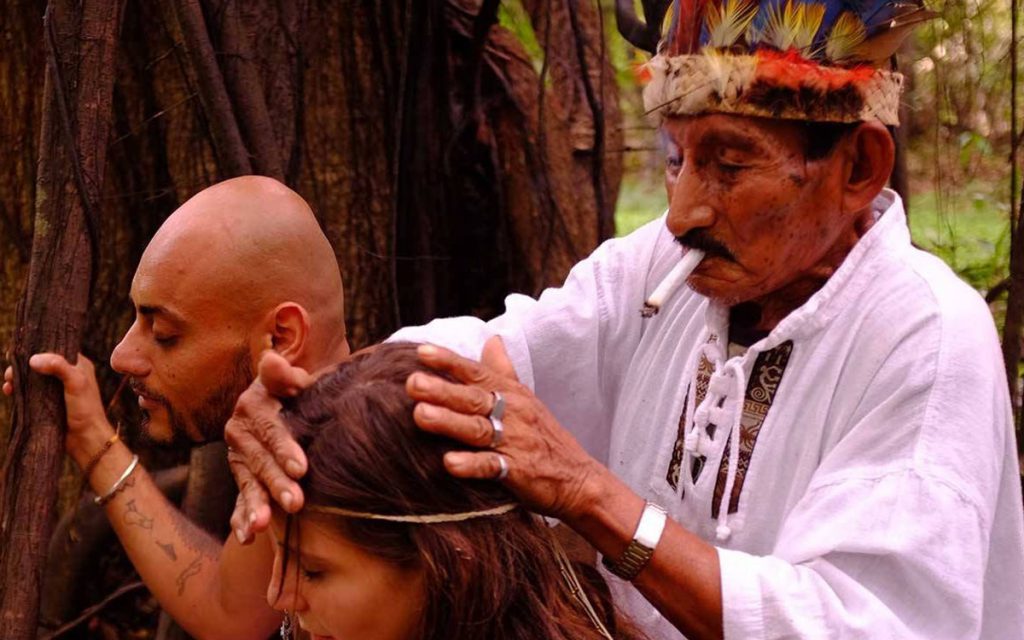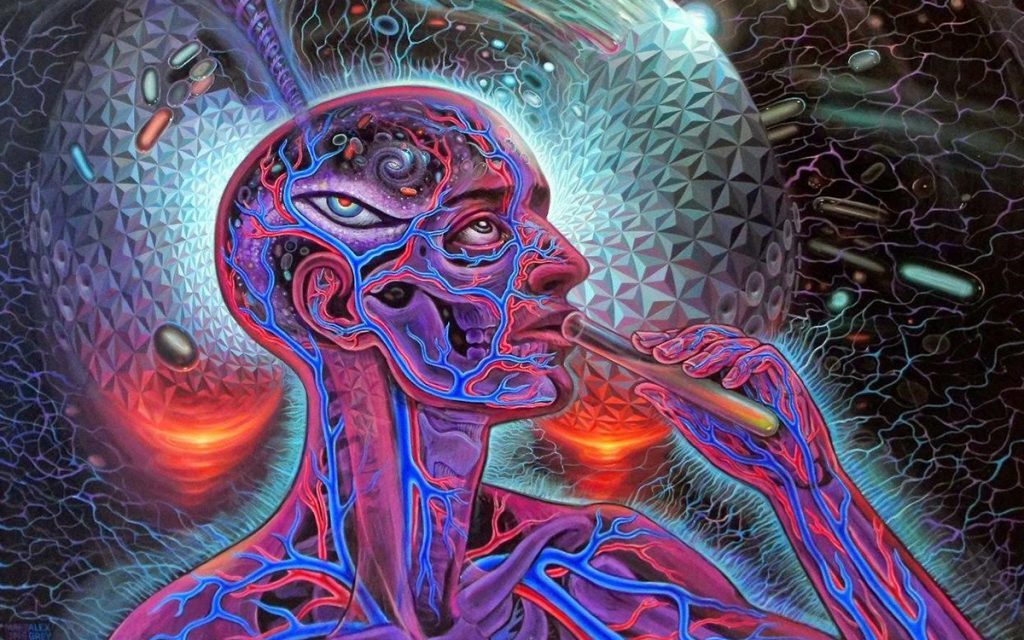Over the past few years, there’s been a surge in the number of people who embrace alternative medicine. Rather than heading to the doctor’s office for a prescription, many people are turning to nutritional changes, meditation, and medicinal plants as treatment options for everything from obesity to anxiety. One of the most popular forms of alternative medicine that is becoming more mainstream is Ayahuasca.
This sacred medicinal plant is believed to be capable of treating a variety of mental and physical conditions including depression, post-traumatic stress disorder, and even cancer. If you’re curious about Ayahuasca and the validity of its healing effects, keep reading.

Ayahuasca: The Basics
Many are surprised to learn that Ayahuasca is not a single substance. It’s actually a tea that is brewed using the Ayahuasca vine and the chacruna shrub.
Each of these components originates from the South American Amazon rainforest region. The chacruna shrub is the source of Ayahuasca’s psychedelic properties. This plant contains dimethyltryptamine (DMT), which is a potent hallucinogen. DMT is illegal in many countries, including the United States and Canada.
Despite its varying legal status around the world, Ayahuasca has been used legally as a medicinal potion in South America for centuries. It has primarily been used by shamans, also known as medicine men, to help them connect with nature and discover new treatments and possible diagnoses for their patients.

Ayahuasca Healing Ceremonies
The consumption of Ayahuasca almost always takes place through healing ceremonies that are overseen by shamans. These spiritual leaders guide participants through the drinking of the Ayahuasca tea as well as the after effects.
Prior to participating in an Ayahuasca ceremony, many people follow an “Ayahuasca diet” to prepare themselves for the drug. This diet is also believed to allow the medicine to work on a deeper level. The Ayahuasca diet requires participants to avoid salt, sugar, and oil. Spiritual leaders also suggest abstaining from sex and alcohol.
Almost everyone who participates in this spiritual ceremony describes experiencing an altered state of consciousness that lasts anywhere from four to eight hours.
Throughout this period, you may see colors or patterns, visions of your past self, or images of loved ones. You may also experience violent vomiting and panic attacks. Some who participate in Ayahuasca ceremonies experience blissful and euphoric feelings while others report feeling frightened or depressed.
Other symptoms that Ayahuasca ceremony participants have reported include an increase in body temperature, a boost in sensory awareness, anxiety, and psychosis. The effect that this drug has on the body is different for each person.
Ayahuasca’s Healing Benefits
What intrigues most people about Ayahuasca is its believed healing properties. This medicinal plant tea is said to provide mental, physical, spiritual, and emotional healing.
Its impact on mental health may stem from the mental clarity that many participants experience during Ayahuasca ceremonies. Many claim that Ayahuasca has helped them to treat depression, addictions, and PTSD.

Is Ayahuasca Safe?
Although many people have completed Ayahuasca ceremonies with no long-term adverse effects, there is some risk involved with taking part in this ritual.
One of the biggest risks is the development of hallucinogen persistent perception disorder. This condition causes individuals to sporadically experience flashbacks of the effects of a psychoactive drug long after taking it. Despite the possibility of developing this condition, Ayahuasca is not toxic to the human body.
Should You Try Ayahuasca?
Overall, the concept of healing the body through natural and holistic means is an intriguing concept. If you ever decide to give Ayahuasca a try, be sure to do so under the guidance of a qualified spiritual leader in a country where it is legal.
Sources:
Frecska, E., Bokor, P., & Winkelman, M. (2016). The Therapeutic Potentials of Ayahuasca: Possible Effects against Various Diseases of Civilization. Frontiers in pharmacology, 7, 35.


